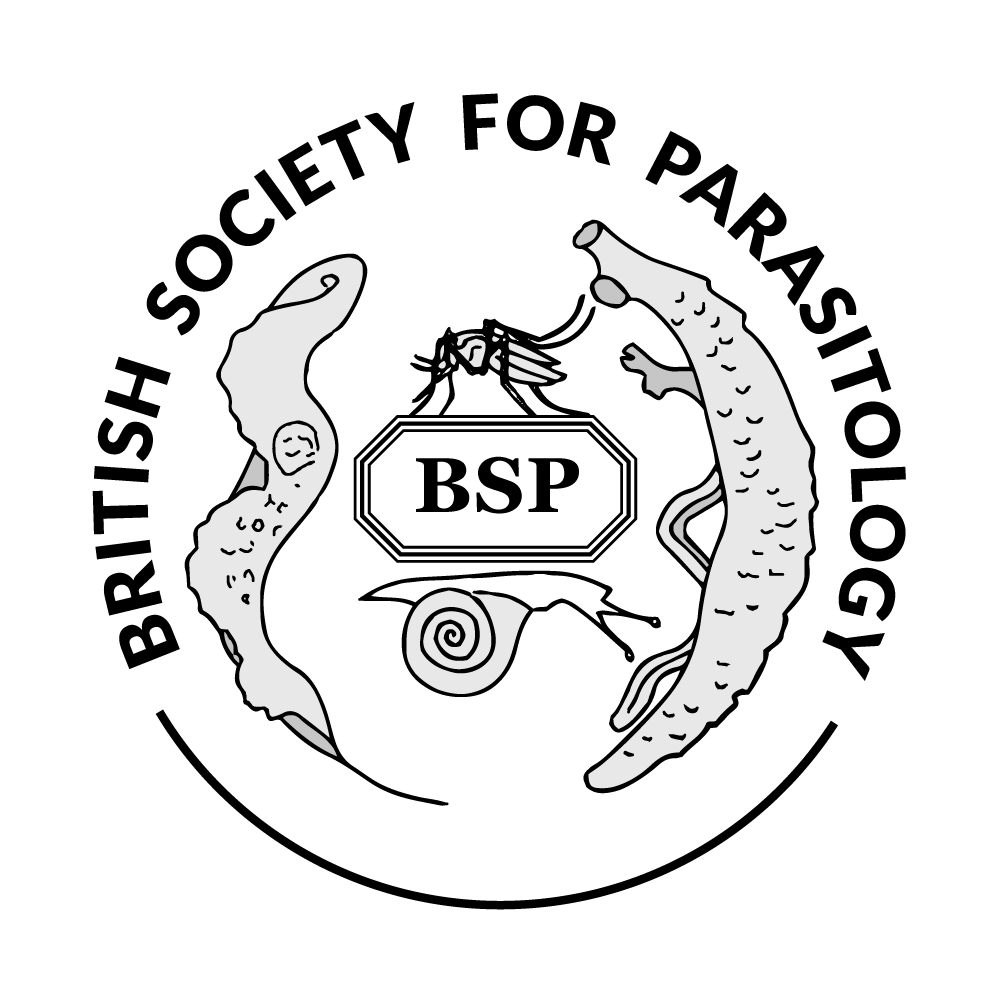

|
Wed4 Sep05:23pm(3 mins)
|
Poster 5 |
Where:
The Flett Lecture Theatre
Speaker:
|
Effective Control Measures for Genital Schistosomiasis in Africa
There are different steps to control Genital Schistosomiasis in Africa
Step-1
Treatment of positive patients will decrease the number of eggs in the environment.
Separate bathing and utensil facilities for infected person to minimize the spread.
Improve sanitation will control sewage spilling which leads to contamination of portable water.
Community Health Education because educated peoples will adopt control measures readily to prevent infection.
Step-2
Prevent mixing of freshwater sources with sewage water.
Prevent urination near water bodieswhich increases environmental eggs burden.
Step-3
Habitat distruction for Bulinus (intermediate host) to decrease cercariae population.
Use of molluscicides to decrease intermediate host population.
Step-4
Maintainclean watersupplies.
Don’t consume water from a source having slow fluid movement along with vegetation which isideal for Bulinus growth.
Don’t make body contact with infected water source as cercariae can penetrate the skin.
References:
Aula OP, McManus DP, Jones MK, Gordon CAJTM, Disease I. Schistosomiasis with a focus on Africa. 2021;6(3):109.
Jones CM, Wilson AL, Stanton MC, Stothard JR, Guglielmo F, Chirombo J, et al. Integrating vector control within an emerging agricultural system in a region of climate vulnerability in southern Malawi: A focus on malaria, schistosomiasis, and arboviral diseases. 2023:100133.
Nelwan MJAaS. Schistosoma haematobium. 2020.
Orish VN, Morhe EK, Azanu W, Alhassan RK, Gyapong M. The parasitology of female genital schistosomiasis. Current Research in Parasitology & Vector-Borne Diseases. 2022 Jan 1;2:100093.